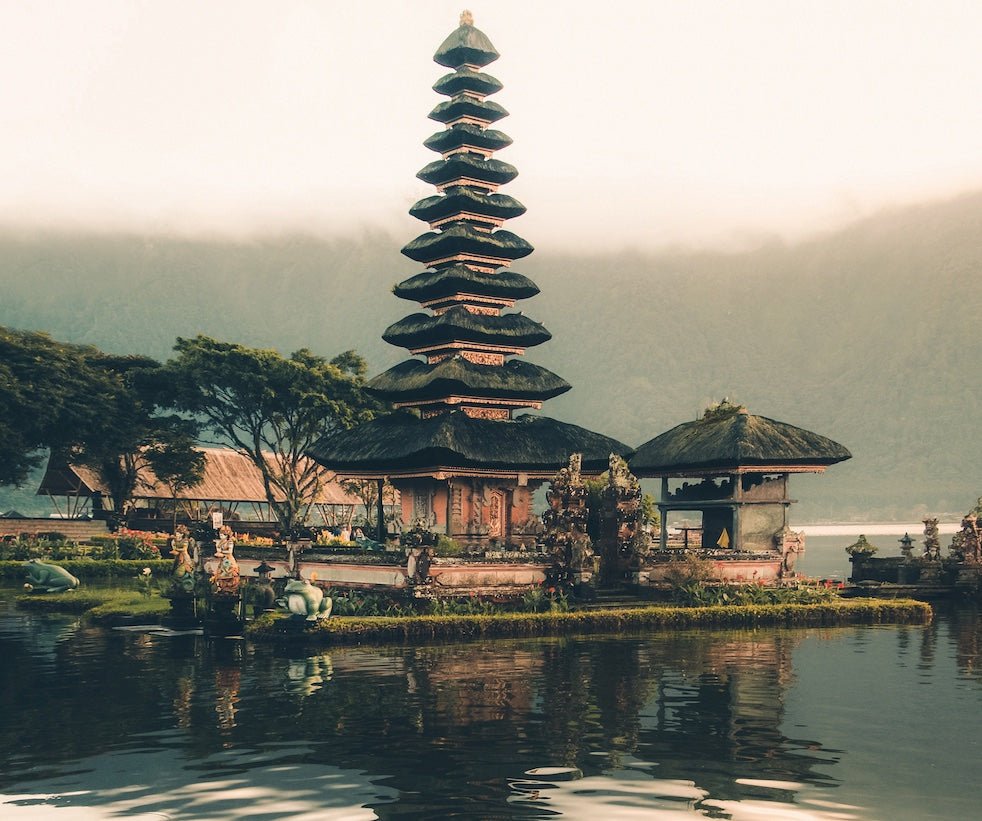Galungan and Kuningan

Galungan and Kuningan are two important religious celebrations in Balinese Hinduism, which is practiced on the Indonesian island of Bali. These ceremonies are based on the Balinese calendar system and involve various rituals and festivities.
Galungan: Galungan is one of the most significant religious holidays for the Balinese Hindus. It commemorates the victory of dharma (righteousness) over adharma (evil) and the return of Balinese ancestral spirits to the island. The festival lasts for ten days and typically occurs every 210 days based on the Balinese calendar. During Galungan, families decorate their homes and temples with colorful bamboo poles (penjor) and offerings, which consist of various fruits, rice cakes, flowers, and other symbolic items. The Galungan celebrations include prayers, temple visits, and community gatherings.
Kuningan: Kuningan is another important celebration that comes ten days after Galungan, marking the end of the Galungan cycle. Kuningan is believed to be the time when ancestral spirits return to the divine realm after their visit to the earthly realm during Galungan. The name "Kuningan" is derived from the Balinese word "kuning," which means "yellow." On this day, offerings are made using yellow rice, symbolizing prosperity and well-being. Balinese families pray at temples, make offerings, and participate in various rituals to honor their ancestors and seek blessings for their future.
Both Galungan and Kuningan are deeply rooted in Balinese Hindu culture and are celebrated with great enthusiasm and devotion. The festivities involve a blend of religious ceremonies, cultural performances, traditional dances, and feasting. These celebrations provide an opportunity for families and communities to come together, express their spirituality, and maintain their cultural heritage.
